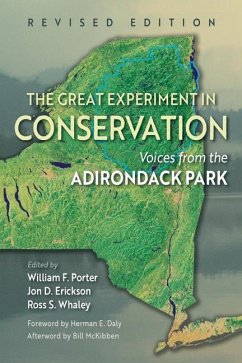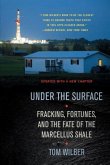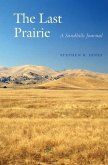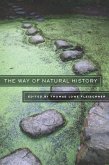The Adirondack region of New York State is, in many respects, America's cauldron of conservation. It was there, more than a century ago, that wanton exploitation of forests first aroused concern about human impact on the environment. It was there that Americans first began to set aside lands proclaimed as "forever wild." The establishment of the Adirondack Park created an immense landscape of 6 million acres composed of a mixture of public and private lands in nearly equal proportion. This unprecedented blend of human communities within wild lands makes the Adirondack Park perhaps one of the greatest case studies in conservation and development in U.S. history. Representing a remarkable achievement in environmental scholarship and drawn from decades of research, The Great Experiment in Conservation captures the wisdom born of the last thirty years of the park's evolution. The editors bring together leading scholars, activists, and practitioners--those who know the Park's origin and the realities of living in a protected area--to narrate this history. Organized into three sections, contributors explore the ecological, cultural, and economic aspects of the region, drawing lessons from successes and failures as they struggle to find the right balance of private interests and public controls. With keen insight and deep passion, the authors reveal the Adirondack Park's rich natural and cultural history in shaping conservation policy, providing vital contributions to the future study of land preservation. Contributors include: Herman Daly, Bill McKibben, Barbara McMartin, Philip G. Terrie, Amy Vedder, and Bill Weber.








